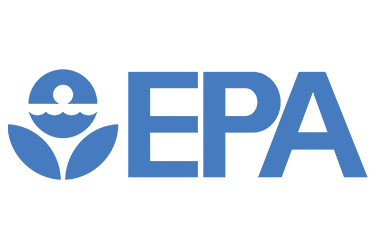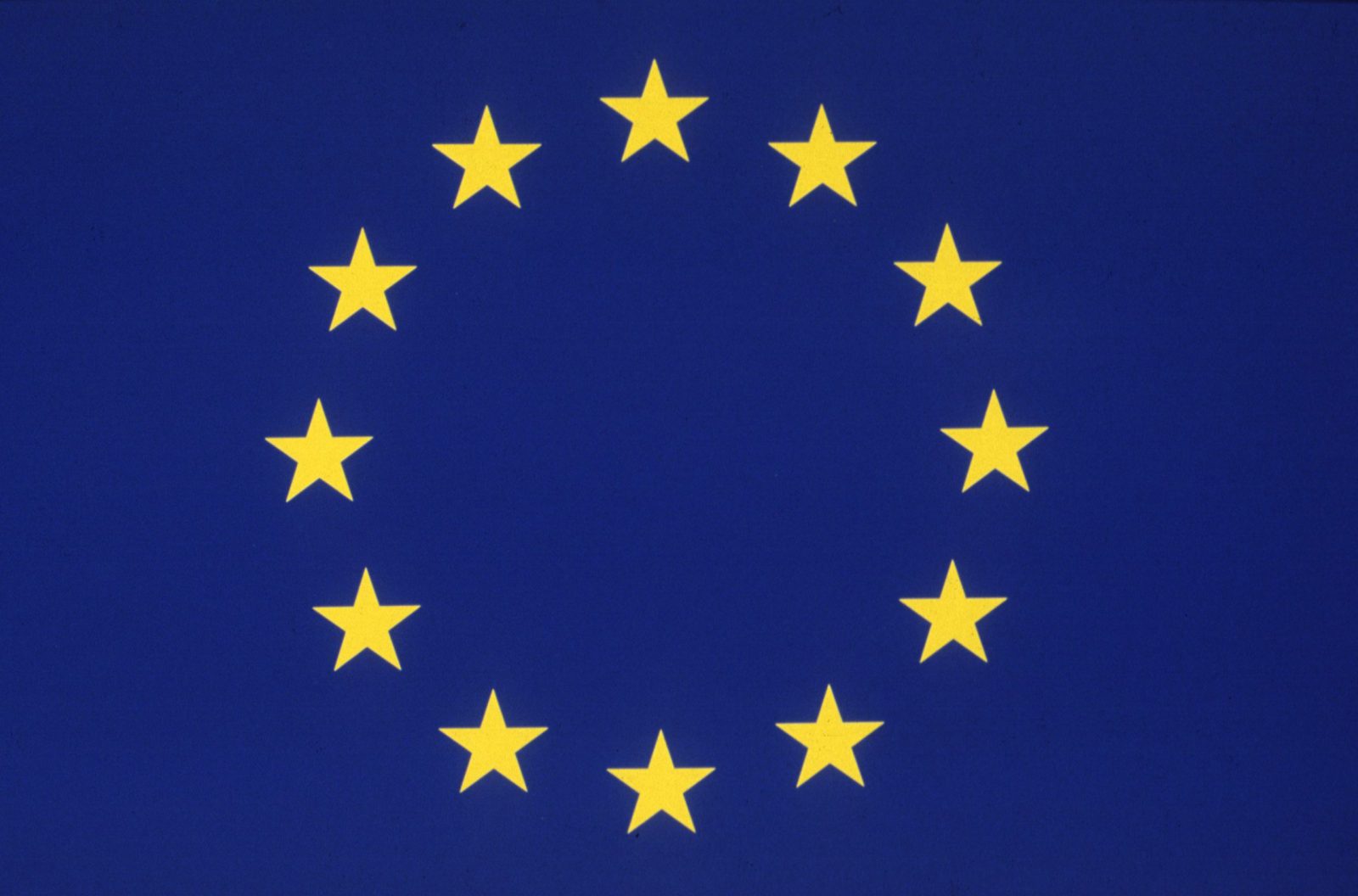
Heavy marine fuel, oil, when burned in marine internal combustion engines and boilers, emits a large amount of exhaust gases containing soot, nitrogen oxides (NOx), hydrocarbons, sulfur oxides (Sox) and other harmful substances.
Exhaust emissions are regulated by several international organizations that establish rules that are binding on shipowners:

United States Environmental Protection Agency
US Environmental Protection Agency
Emission limits are called EPA Tier 1, Tier 2, etc. with the last level 4

International Maritime Organization
International Maritime Organization
The emission limits are specified in IMO MARPOL Annex IV, Level I, Level II, the last of which is Level III

European Union
European Union
Emission limits for off-road mobile vehicles (NRMM) are designated as EU Stage I, Stage II, etc. with the last stage V
In order not to fall under sanctions, shipowners have to choose
– switch to more expensive low-sulfur fuel, convert propulsion systems to use liquefied natural gas or clean the exhaust gases of ships, continuing to use high-sulfur fuel. The second method is the most cost-effective.
Breezemarine Group offers its customers the main products for cleaning exhaust gases:

- Delta diesel passive particulate filter systems (DPF)
- Alfa Alfa diesel active particulate filter systems (APF)
- MINOx selective catalytic reduction (SCR) systems
Parameters of the standard performance of the SCR installation
- Reduction of NOx emissions: > 85% (meets IMO TIER III requirements)
- Service life of the catalyst: > at least 16,000 hours.
When selecting and implementing exhaust gas cleaning systems, Breezemarine Group uses the following algorithm, which allows us to choose the most optimal solution for our customers:
- Assessment of all technical possibilities of implementation
- Designing
- Specification
- Production
- Installation Instructions
- Training
- After-sales service
- Repair
- Maintenance forecasting
- Performance monitoring

Certification:
The equipment supplied as part of the project is certified in accordance with the requirements of Classification Societies and the NOx technical code associated with the SCR manual (resolution 198(62) MEPC)
The certification process includes:
- Certification of system components
- Certification of the functioning and performance of the system (EIAPP)
- Certification of the vessel with the system (IAPP)
